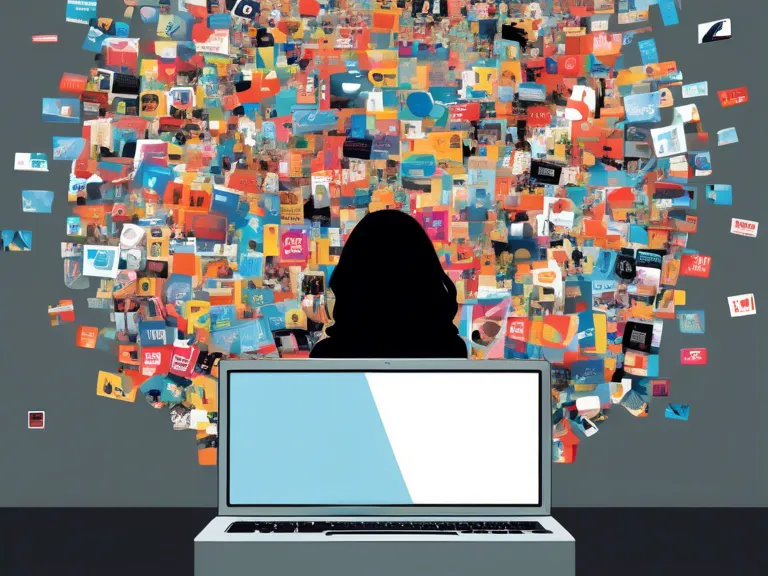
From Print to Pixels: The Impact of Digital Media on Cultural Consumption
In today's digital age, the way we consume culture has undergone a dramatic transformation. With the rise of digital media, traditional forms of cultural consumption, such as print publications and physical media, have given way to online platforms and streaming services. This shift has had a profound impact on the way we engage with art, music, literature, and other forms of cultural expression.
One of the key ways in which digital media has changed cultural consumption is through increased accessibility. With just a few clicks, we can now access a vast array of cultural content from around the world. This has democratized cultural consumption, allowing people from all walks of life to explore new artists, genres, and perspectives that they may not have encountered otherwise.
Additionally, digital media has also changed the way in which cultural content is created and distributed. Independent artists and creators now have the ability to reach a global audience without the need for traditional gatekeepers like publishers or record labels. This has led to a flourishing of diverse and innovative cultural content that may have otherwise gone unnoticed.
However, the shift to digital media has not been without its challenges. The ease of access to cultural content has led to concerns about the impact of piracy on artists and creators. Additionally, the algorithms used by many digital platforms can create filter bubbles, limiting our exposure to new and diverse cultural content.
In conclusion, the rise of digital media has fundamentally changed the way we consume culture. While it has brought about increased accessibility and new opportunities for creators, it has also raised important questions about the impact of digital platforms on our cultural consumption habits. As we continue to navigate this digital landscape, it is essential to consider the ways in which we can harness the power of technology to enrich our cultural experiences.



